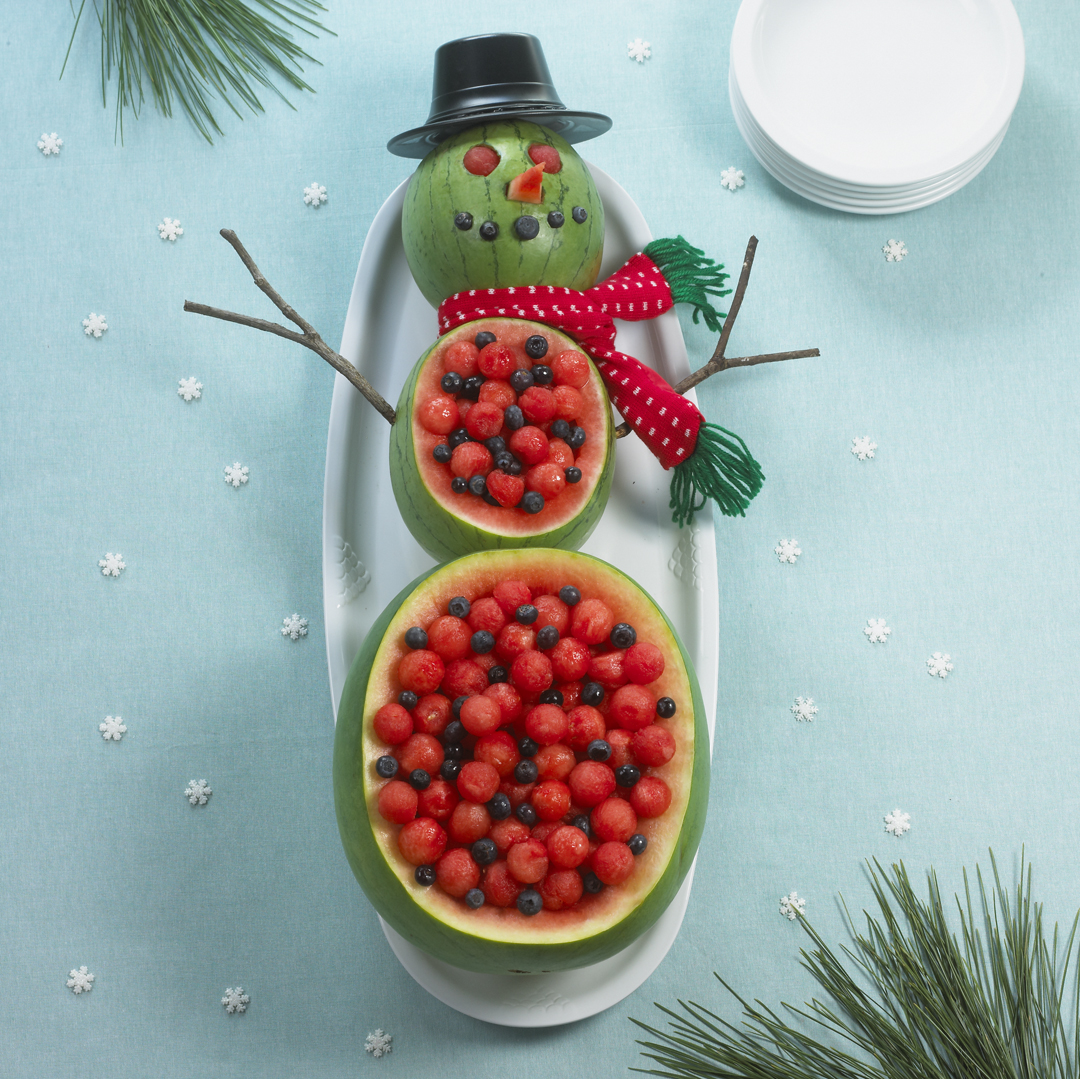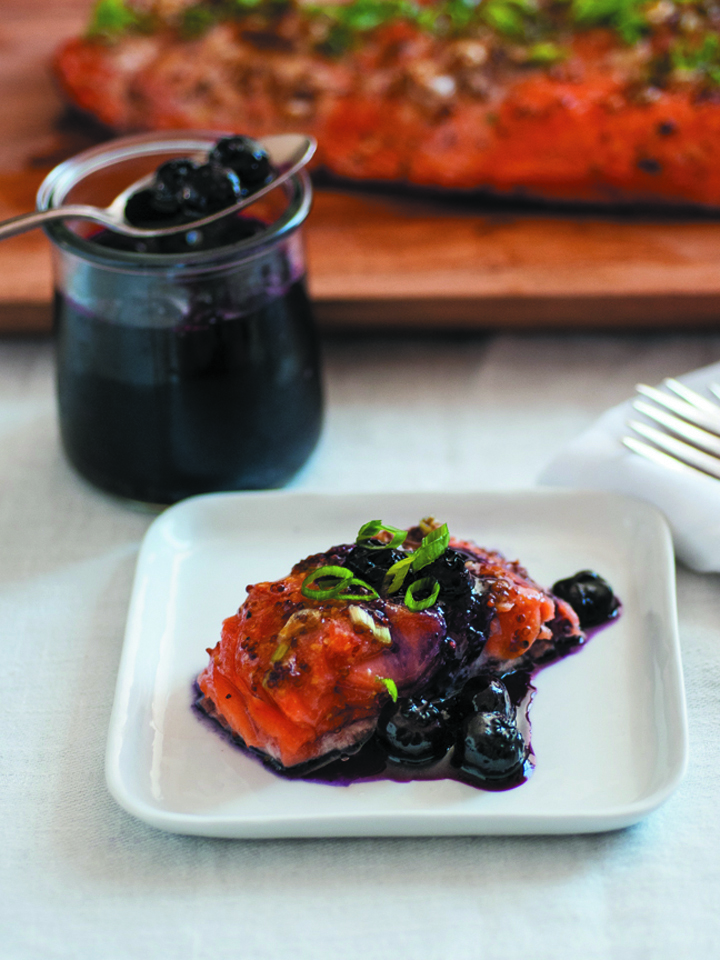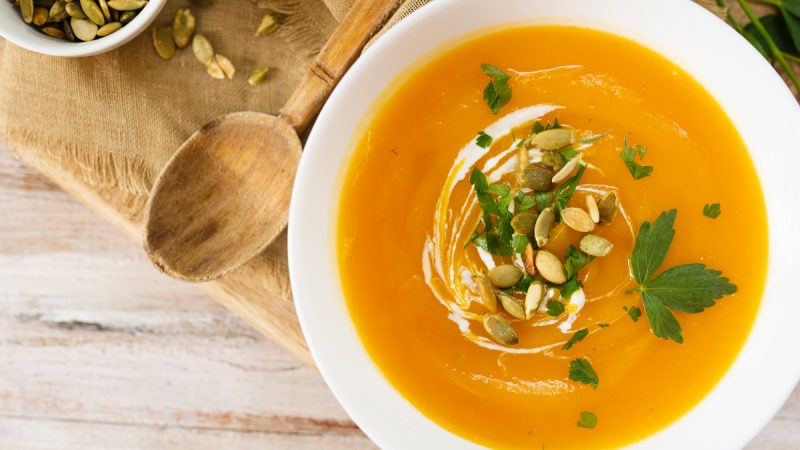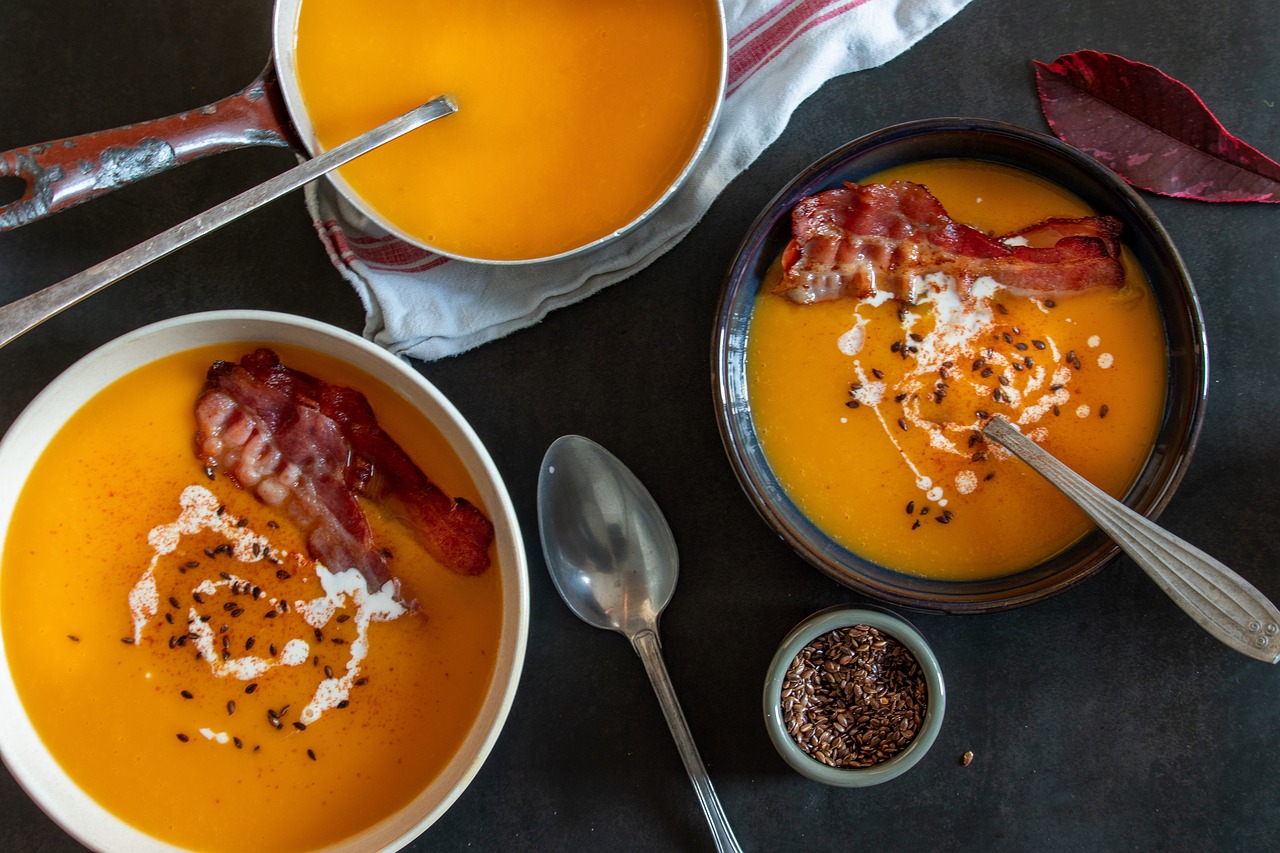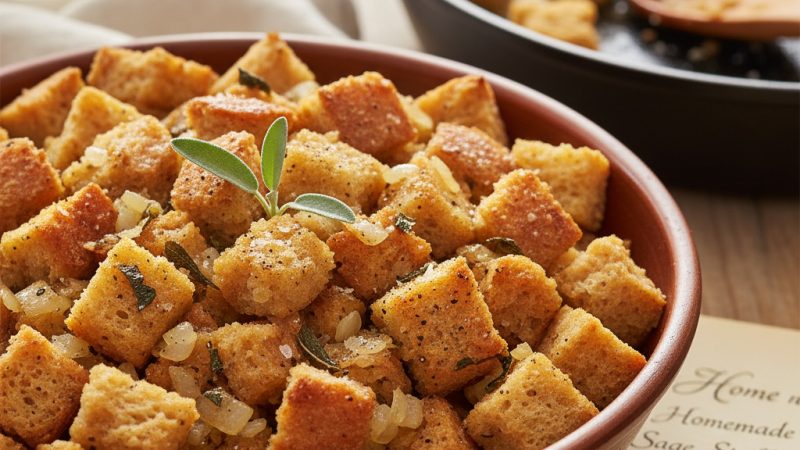Moroccan-Style Cauliflower
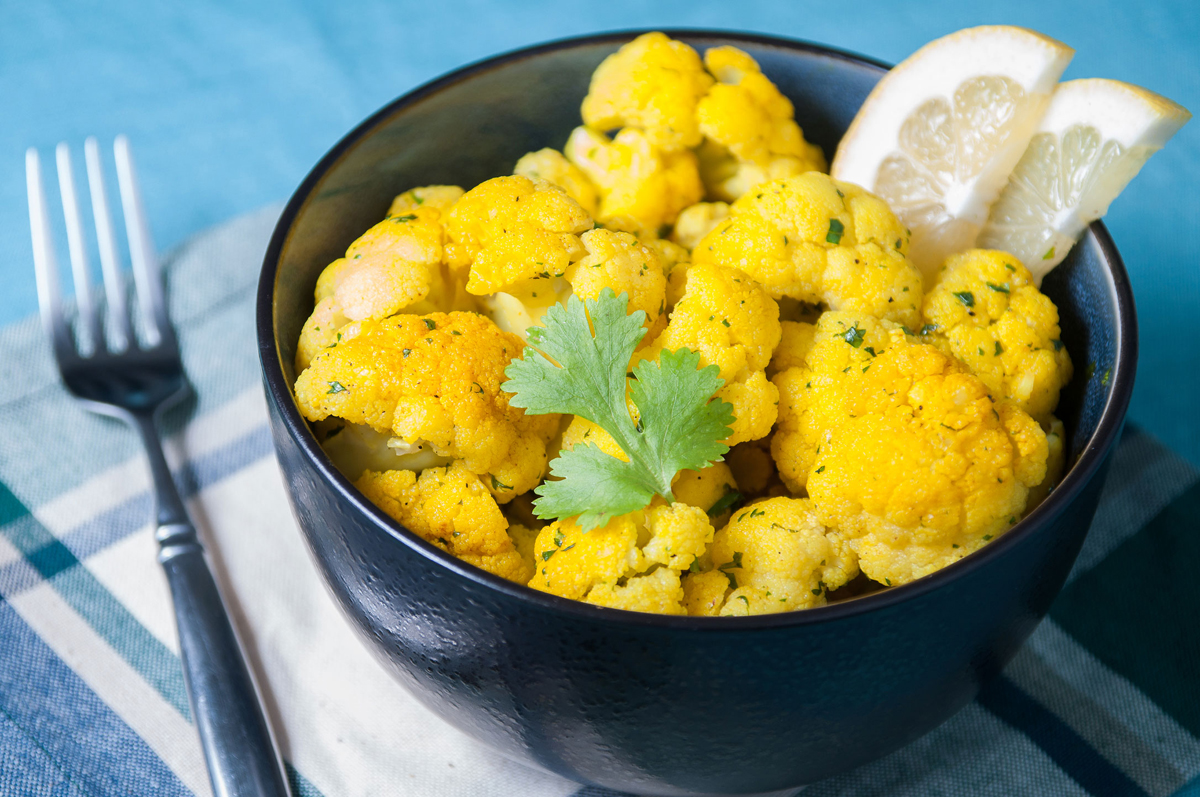
Treat yourself to turmeric-spiced cauliflower. With its vibrant yellow color and superb nutritional value, turmeric lets you get creative with cauliflower.
A prized aromatic spice in African, East Indian, Mediterranean, Middle Eastern and Asian cuisine, turmeric powers both the flavor and color in this cancer-protective cauliflower dish. Obtained from the rhizome of a plant of the ginger family, it was traditionally called “Indian saffron.” Peppery, warm, yet pleasantly bitter with a mild fragrance that slightly resembles orange and ginger, turmeric is gaining popularity in U.S. cooking for its aesthetic qualities as well as its cancer-prevention potential.
Turmeric has long been used as a powerful anti-inflammatory in other parts of the world. Among many mechanisms that may help prevent cancer, research shows that the antioxidant actions of turmeric’s yellow-orange pigment curcumin help protect cells from free radicals that can damage cellular DNA. When coupled with cauliflower’s cancer-protective isothiocyanates, which include sulforphane, you have a super nutritious, attractive dish.
When buying turmeric, consider looking for it in a local spice store; doing so may be almost as good as smelling the spice-filled air of chaotic outdoor Moroccan markets. The color of turmeric varies and is not an indication of quality, so select one with a pleasant fragrance. Store turmeric in a tightly sealed container in a cool, dark, dry place. Turmeric can be used to brighten and flavor rice, lentils, salad dressings and other vegetables.
Be sure to cut the cauliflower florets into bite-size pieces to ensure uniform cooking. Also, let the minced garlic sit for 10 to 15 minutes to let cancer-protective allicin compounds in garlic form. Cutting the garlic activates its alliinase enzyme that releases these beneficial phytochemicals. Quick-steaming the cauliflower and garlic in broth with turmeric infuses a rich flavor and gorgeous color and gets the just right tender-crisp quality while preserving cauliflower’s beneficial sulforaphane.
Moroccan cooking often uses a trio of olive oil, lemon juice and cilantro to bring out the full flavor of vegetables. Easy to make, this cauliflower dish can be enjoyed warm, room temperature or chilled. Pair Moroccan-Style Cauliflower with roasted herbed chicken and whole-wheat couscous or with hummus, whole-wheat pita bread and a salad with an olive oil dressing brightened with a pinch of turmeric for a dazzling and delightful meal.
Moroccan-Style Cauliflower
Makes 4 servings. Per serving: 101 calories, 7 g total fat (1 g saturated fat), 8 g carbohydrate, 3 g protein, 3 g dietary fiber, 167 mg sodium.
- 1/3 cup low-sodium vegetable broth or chicken broth
- 4 cups cauliflower florets
- 2 medium cloves garlic (minced)
- 1/4 tsp. powdered turmeric
- 2 Tbsp. extra virgin olive oil
- 1 Tbsp. fresh lemon juice
- Salt and freshly ground black pepper
- 1-2 Tbsp. finely chopped fresh cilantro
Directions:
Pour broth in large skillet over medium-high heat. When broth begins to steam add cauliflower, garlic and turmeric. Stir to combine and cover. Cook cauliflower 4-5 minutes for al dente or 5-6 minutes for more tender.
Remove skillet from heat and transfer cauliflower mixture into medium bowl. Add oil, lemon juice and salt and pepper to taste. Gently toss to combine well. Sprinkle on cilantro and gently toss. Serve warm or at room temperature.
The American Institute for Cancer Research (AICR) is the cancer charity that fosters research on the relationship of nutrition, physical activity and weight management to cancer risk, interprets the scientific literature and educates the public about the results. www.aicr.org.

